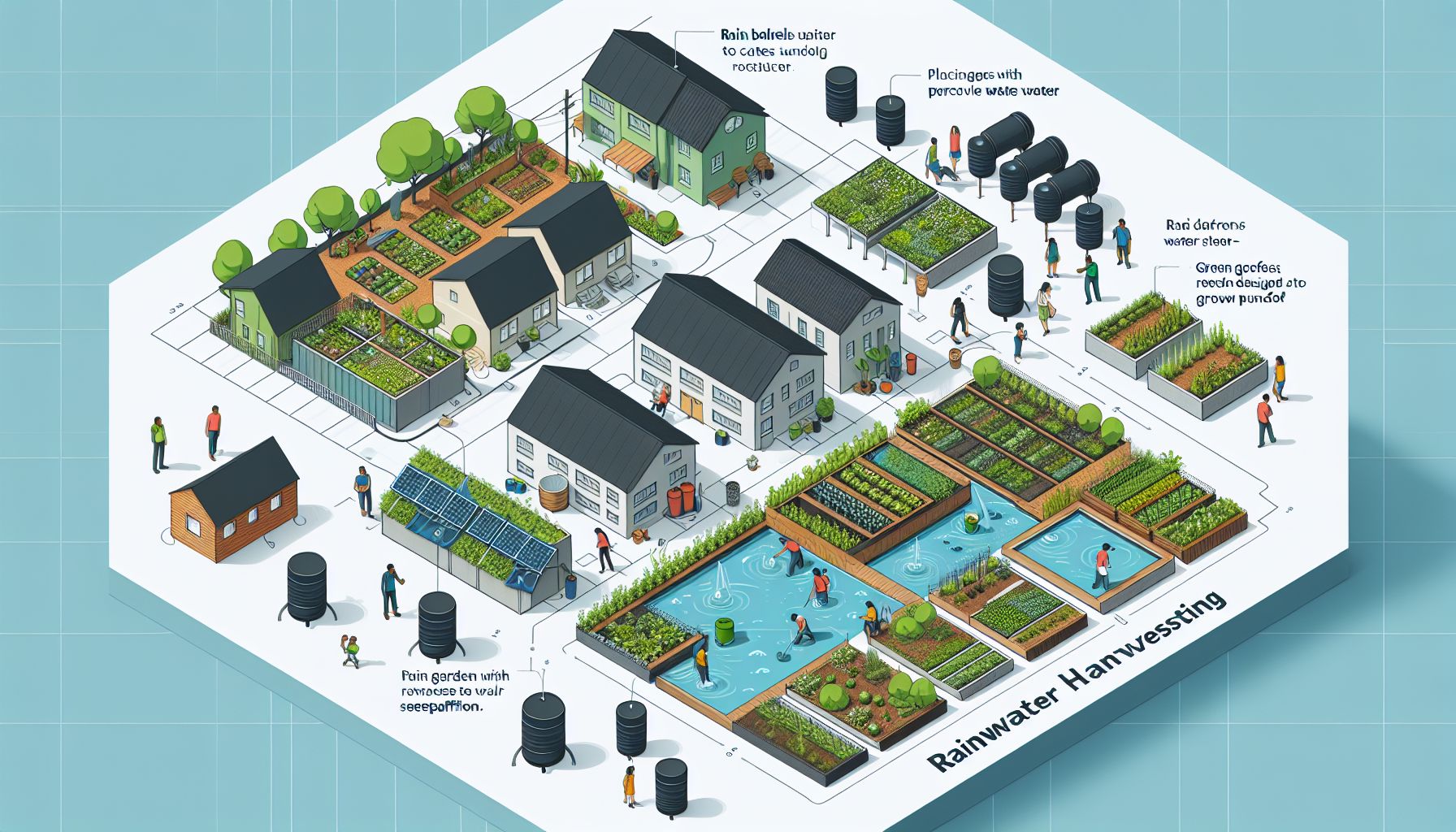In today’s world, where water scarcity is becoming a pressing issue, it is important for individuals and households to find sustainable ways to conserve and manage water resources. One effective way to do this is through rainwater harvesting. This article will explore the various techniques and benefits of rainwater harvesting for urban households.
What is Rainwater Harvesting?
Rainwater harvesting is the process of collecting and storing rainwater that falls on rooftops and other surfaces. This water can then be used for various purposes such as irrigation, flushing toilets, and even for drinking after proper treatment. By capturing rainwater, households can reduce their reliance on municipal water sources and contribute to water conservation efforts.
Benefits of Rainwater Harvesting
-
Reduces Water Bills: By using harvested rainwater for non-potable purposes, households can significantly reduce their water bills.
-
Conserves Municipal Water: When households rely on rainwater for tasks like watering gardens or washing cars, they are conserving precious municipal water resources.
-
Reduces Flood Risks: By capturing rainwater on-site, households can reduce the amount of stormwater runoff that contributes to flooding in urban areas.
-
Promotes Self-Sufficiency: Rainwater harvesting allows households to become more self-sufficient when it comes to water supply, especially in times of drought or water restrictions.
Rainwater Harvesting Techniques
1. Rain Barrels
Rain barrels are one of the simplest and most cost-effective rainwater harvesting techniques for urban households. These barrels can be placed under downspouts to collect rainwater from the roof. The collected water can then be used for tasks like watering plants or washing cars.
2. Rainwater Tanks
For households looking to harvest larger volumes of rainwater, rainwater tanks or cisterns can be installed. These tanks are typically connected to the household’s plumbing system and can store rainwater for later use.
3. Green Roofs
Green roofs are another innovative way to harvest rainwater in urban areas. These roofs are covered with vegetation that absorbs rainwater, reducing stormwater runoff and providing insulation benefits.
Conclusion
Rainwater harvesting is a simple yet effective way for urban households to conserve water and reduce their environmental impact. By implementing rainwater harvesting techniques, individuals can play a significant role in sustainable water management practices. Consider incorporating rainwater harvesting into your household to contribute to water conservation efforts and reduce your reliance on municipal water sources.
Sources:
1. Rainwater Harvesting for Urban Homes – Sustainable Works
2. Benefits of Rainwater Harvesting – Alliance for Water Efficiency
